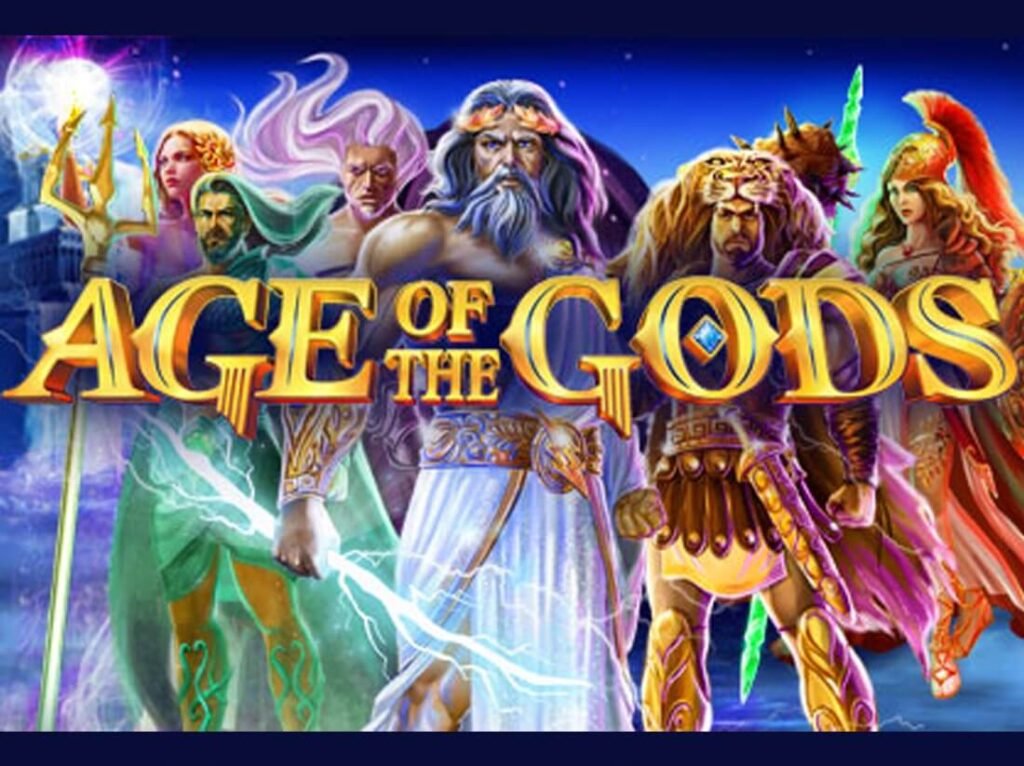
Age Of The Gods
The concept of the Age Of The Gods is an intriguing exploration of mythology, spirituality, and cultural heritage spanning across different civilizations. This term embodies a period where divine beings were believed to interact with humans, guiding them, challenging them, and directly influencing their destinies. Throughout history, the narratives surrounding these deities have permeated societies, shaping moral values, worldviews, and even political structures 23WIN.
In this blog post, we will delve into various aspects of the Age Of The Gods, examining its significance in different cultures, the impact of mythology on human affairs, and how these ancient stories continue to influence modern society. We will explore the realms of Greek, Norse, Hindu, and Egyptian mythologies among others, drawing connections and insights that highlight the enduring legacy of the divine.
The Influence of Mythology in Ancient Civilizations Age Of The Gods
Mythology played a pivotal role in ancient civilizations, serving as a catalyst for cultural identity and societal norms. The Age Of The Gods reflects a time when myths were not mere stories but foundational truths that inspired laws, art, rituals, and collective consciousness.
The Role of Myths in Shaping Societies
Myths functioned as the bedrock for many ancient cultures, providing explanations for natural phenomena, human experiences, and moral frameworks. They helped people understand their place in the universe and fostered a sense of belonging within a community.
Ancient Greeks, for instance, relied heavily on myths featuring gods like Zeus, Athena, and Hermes to explain the forces of nature and the complexities of human psychology. These stories provided essential lessons on virtue, hubris, and fate.
Moreover, myths often delineated acceptable behaviors and social roles. In many cases, the consequences faced by characters in these tales served as cautionary examples for real-life behavior. For example, Icarus’s fall due to his overambition warned against pride and disobedience.
In other cultures, such as those in Mesopotamia or Mesoamerica, myths were woven into the fabric of governance. Rulers claimed divine right based on their ancestry or favor from the gods, establishing power dynamics profoundly influenced by mythological narratives.
Art and Expression in the Age Of The Gods
Artistic expression flourished during the Age Of The Gods, as creators sought to embody the divine through various mediums. Temples, sculptures, pottery, and epic poetry became avenues for conveying religious devotion and cultural identity.
For instance, Greek sculptors like Phidias crafted awe-inspiring statues of deities that not only showcased their skills but also served to honor the gods. Such works prompted reverence and veneration from worshippers who saw the divine in the artistry.
Similarly, ancient Egyptians expressed their beliefs through hieroglyphics, temple paintings, and burial artifacts designed to ensure a successful afterlife. These artistic representations bridged the gap between the mortal realm and the divine, allowing individuals to connect with their gods.
The Legacy of Mythology in Modern Society
Even though we no longer live in an Age Of The Gods, the echoes of mythological narratives remain embedded in modern culture. From literature to film, the themes originating from ancient myths continue to resonate.
Contemporary writers draw inspiration from legendary figures, retelling stories that reveal timeless human struggles. Works like Rick Riordan’s “Percy Jackson” series breathe new life into Greek mythology, introducing new generations to these ancient tales.
Moreover, modern art often reflects mythological themes, whether through visual representation or conceptual exploration. Artists use motifs from mythology to comment on contemporary issues, highlighting the relevance of these ancient narratives today.



